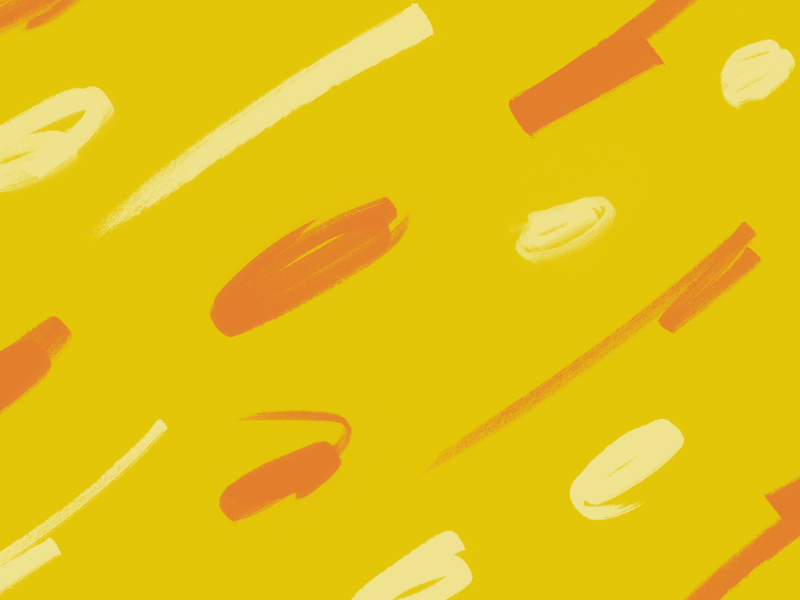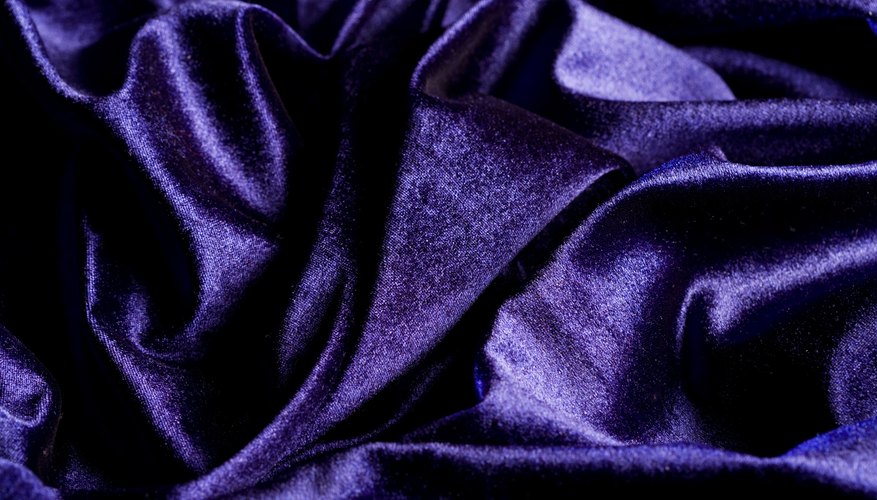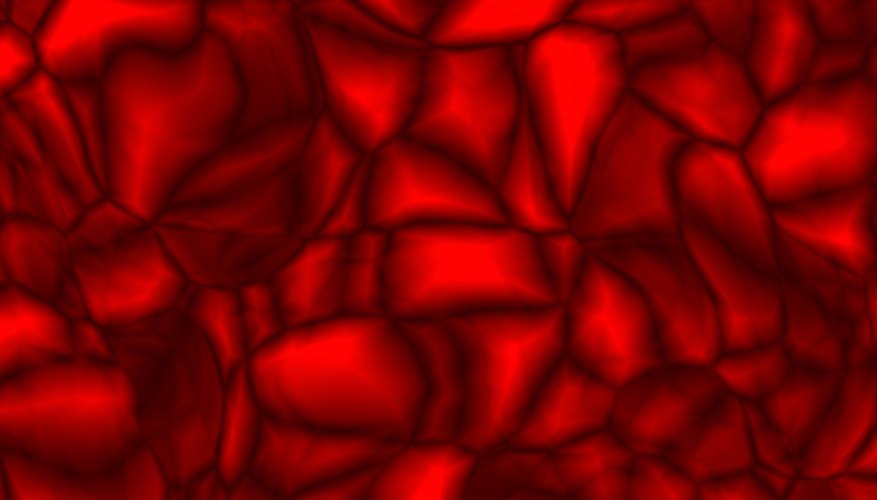
Texture Pattern by Holly Weinrauch on Dribbble
If you really want to emphasize the effect of texture, angle the light more. This is achieved by shooting early morning and late afternoon. 3. Form. Shape is very two dimensional, while form adds a third dimension because of the volume of an object. The eye is immediately drawn to form in an image and the art of creating this form is achieved.

Free Images texture, pattern, geometric, colorful, material, circle, textile, art, background
When objects are arranged in a recognizable and repeatable structure they form a pattern. Textures are structures with irregular surface activity. When objects are arranged in a random or varying pattern they form a texture. Both patterns and textures are attributes we add to our design elements.

Pattern & Texture. The difference between the two? Check out Nth Degree Home's latest blog post
Define Pattern Pattern refers to the repetition of a design element, such as a shape, color, or texture. It is often used to create a sense of rhythm and movement in a design. Patterns can be simple or complex, and can be created using a variety of techniques, such as printing, weaving, or carving.

Background Texture Pattern · Free photo on Pixabay
Terminology: Textures Vs. Patterns Vs. Background Images Before we get started, let's take a moment to quickly define the difference between textures, patterns and background images. While the terms are often used interchangably, there are subtle differences between the three that will help you think about the best solution for your designs.

What'S The Difference Between Tactile Texture And Visual Texture? Top 10 Best Answers
Texture refers to the surface quality or material, if it's smooth or rough, bumpy or flat, glossy or matte. Pattern is basically an illustrative perception, a repetition of a graphic motif on a material. Now, let's pass to the inspirations that will make you believe of how fundamental textures and patterns are. #1 SCALLOP DESIGN Source - Homepolish

3rd graders discovered the difference between actual texture and implied texture. Actual texture
As we zoom in, that texture disappears, and a new pattern comprising the shapes of the birds emerges. Our eyes notice clusters of birds flying in the same direction or at different distances.

Because celestial Machu Picchu blender material texture Materialism send Genuine
Definition: (n.) The act or art of weaving. (n.) That which woven; a woven fabric; a web. (n.) The disposition or connection of threads, filaments, or other slender bodies, interwoven; as, the texture of cloth or of a spider's web. (n.) The disposition of the several parts of any body in connection with each other, or the manner in which the.

Background Texture · Free image on Pixabay
Short video describing the difference between Line, Shape, Texture and Pattern from the Elements and Principles of Design. Great for use with Elementary Art Students, or Middle School Art.

Textures Vs Patterns, what is what? Learn the difference between these two branding elements
Texture is an element of design that, in drawings, is mostly only simulated, through applying a pattern of pencil strokes to make it look like the thing you're drawing is made of stone, or burlap, or whatever. It isn't actually those textures, but it looks like them, and that is what is important.

TEXTURE VS. LAYERED BOB READ THIS TO LEARN THE DIFFERENCE! ARC™ Scissors
Pattern means repetition of design elements and texture means impression on wall. Pattern and Texture both identically play an important role as design elements.

Difference Between Texture And Pattern Free Patterns
Texture The appearance and feel of a surface The smooth texture of soap. Pattern A plan, diagram, or model to be followed in making things A dress pattern. Texture A rough or grainy surface quality Brick walls give a room texture. Pattern A model or original used for imitation or as an archetype. Texture
LotPixel Wall Texture Pattern Seamless Premium 1780
Planning Click here to extend More Common Drywall Texture Types and Finishes Looking to go beyond plain-old smooth drywall? With a bit of effort, you can achieve a distinctive, textured look for your walls and ceilings that's eye-catching, mood-setting, and personalized to your decorating tastes. by Nancy Fann-Im iStock

What Is the Difference Between Texture and Pattern? Our Pastimes
Noun ( en noun ) The feel or shape of a surface or substance; the smoothness, roughness, softness, etc. of something. The beans had a grainy, gritty texture in her mouth. (arts) The quality given to a work of art by the composition and interaction of its parts. The piece of music had a mainly smooth texture .

Difference Between Texture And Pattern Free Patterns
Pattern relates to the repetition of a graphic motif on a material. Remember that texture refers to the 2D quality of a surface, where as a pattern relates to illustrative perception. In commercial interior design, pattern is often applied using wallcoverings, tile, carpeting, and other graphic elements.

What Is the Difference Between Texture and Pattern? Our Pastimes
Textbook Glossary Definition. Pattern: Design made by repeating a motif or symbol (all-over pattern). Texture: The actual or visual feel of a survace-bark on a tree, fur on an animal, sand on a beach. Description of texture and pattern. Texture and pattern are considered secondary or adorning elements. Created by repetition of individual elements.

Basic guide for testures map types Yanko Stefanov
Pattern is the repetition of a graphic motif on a surface, most often on fabric and wallpaper in our homes. While texture refers to the physical quality of the surface, pattern creates an illustrative perception. 12 Tips to Help You Use Texture and Pattern in Your Home